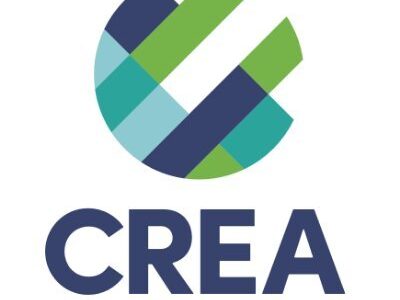Preview of Coming Attractions: American Electric Power v. State of Connecticut
The U.S. Supreme Court recently announced the scheduling of oral arguments in the biggest (actually, the only) environmental case of its current Term: American Electric Power v. State of Connecticut. The justices will hear arguments on April 19th, and render their decision in this major climate change case by the end of June. Already, however, some interesting factoids and subplots have developed.
This case raises three distinct legal questions of interest to climate change mavens and environmental lawyers and academics generally: 1) whether the states and private land trusts that have brought this public nuisance action against the owners of Midwestern coal-fired power plants have standing to sue; 2) whether the federal common law of nuisance remains a viable legal theory in the climate change litigation arsenal or, instead, common law nuisance claims have been displaced by federal environmental statutes; and 3) whether plaintiffs’ efforts to invoke public nuisance law to address the climate change impacts of greenhouse gas emissions from defendants’ power plants constitute a non-justiciable “political question.”
As such, AEP v. Connecticut shapes up as the most important environmental case to reach the Supreme Court since at least 2007’s Massachusetts v. USEPA decision–another climate change case.
Now to the back-stories and legal gossip: first, the litigating states (including California) and environmental interests were sorely disappointed when the Obama Administration’s Solicitor General–representing the Tennessee Valley Authority–filed a brief urging the Court to grant certiorari in the case. And grant certiorari, of course, the Court did this past December.
Second, in setting the case for oral arguments on April 19th, the Court confirmed what the state and land trust plaintiffs had feared: Justice Sotomayor has recused herself from the case. The likely reason: Sotomayor was a member of the 3-judge panel of the Second Circuit Court of Appeals that heard oral arguments when the AEP case was before that court. After argument but before the case was decided, Sotomayor was nominated and subsequently confirmed to the Supreme Court. And when the Second Circuit ultimately decided AEP in 2009, Sotomayor’s name was nowhere to be found on the decision; instead, it was a two-member panel that ruled in favor of the states’ and land trusts’ public nuisance claim, rejecting defendants’ standing and political question defenses in the process. It’s unclear why, under these circumstances, Sotomayor felt compelled to recuse herself from the case once it reached the Supreme Court. But her absence from the bench on April 19th means that the states’ and land trusts’ odds of preserving their win in the Second Circuit–already long–grow even longer.
The most recent (and most bizarre) development in the case was reported by Greenwire this past Friday: Harvard Constitutional Law Professor Larry Tribe, who had attempted to appear in this case as counsel of record for an industry group supporting reversal of the Second Circuit decision, was reportedly directed by the U.S. Justice Department to remove his name from the brief. And the industry amicus brief was duly re-filed–without Tribe’s name on–it as a result. Tribe spent a relatively short time in the Obama Justice Department as a designated “Special Counsel,” and DOJ apparently didn’t want the good professor making formal appearances before the Supreme Court that DOJ thought could be unfairly attributed to the government.
The AEP v. Connecticut case is proving to be intriguing on any number of levels. Stay tuned for the April 19th oral argument festivities–and beyond.







One Reply to “Preview of Coming Attractions: American Electric Power v. State of Connecticut”
Comments are closed.